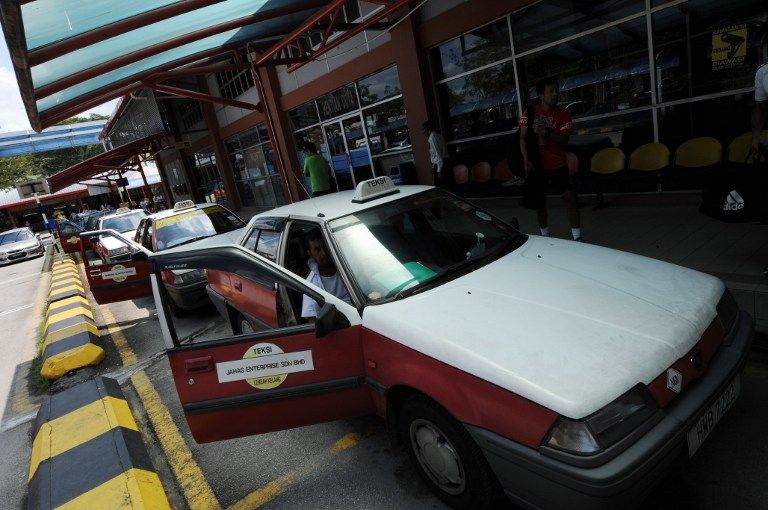PETALING JAYA, Nov 7 ― The government will introduce a new taxi business model and implement the centralised taxi service system from next year.
Although he did not reveal details of the new business model, Transport Minister Datuk Seri Liow Tiong Lai said the move aimed to have Malaysia’s taxi system to be on par with the best in the Asean region, in line with the next phase of the Urban Public Transport National Key Results Area.
“Introducing such technology into our taxi system will improve the services provided to the public,” he said in his keynote address at the Urban Transport Forum yesterday.
The centralised taxi service system, which will be implemented in January, will track taxi driver locations using satellite technology and direct the nearest taxi to a waiting customer.
The system will inform the Land Public Transport Commission (SPAD) if the taxi meter is turned off, and even allows customers to rate driver performance using a five-star system through a special console in the vehicle itself.
On the Uber ride-sharing service, Liow said the industry needed to be regulated for the benefit of consumers.
“All taxis in Malaysia are regulated. This is to protect the safety of the public,” he said, adding that Uber had caused “a lot of problems” on Malaysian roads.
“We do not use kereta sapu (unlicenced taxis) on our roads,” he said.
On the missing Flight MH370, Liow said a task force had been set up by the International Civil Aviation Organisation (ICAO) to study a proposal for a new and more advanced air tracking system for aircraft that was brought up by Malaysia at the council’s meeting in Montreal, Canada, last month.
He said Malaysia would take the lead in installing such systems on its aircraft should it be approved for final use.
“We received a positive response from the council members. As for the implementation and the guidelines, we will leave it to ICAO,” he said.
On improving the rail transport system, Liow said he had asked Keretapi Tanah Melayu Berhad (KTMB) to bring in more coaches to increase passenger capacity.
“We have the railways in place, now we need to have more capacity so that we will achieve our target of public transport users,” he said.
KTMB could not be reached for comment.
He said since the NKRA had been launched in 2009, the increased capacity of inter and intra city trains contributed to 40 per cent of daily public transport rail ridership.
“We also saw a 4.04 million increase in the number of bus users,” he said.



















